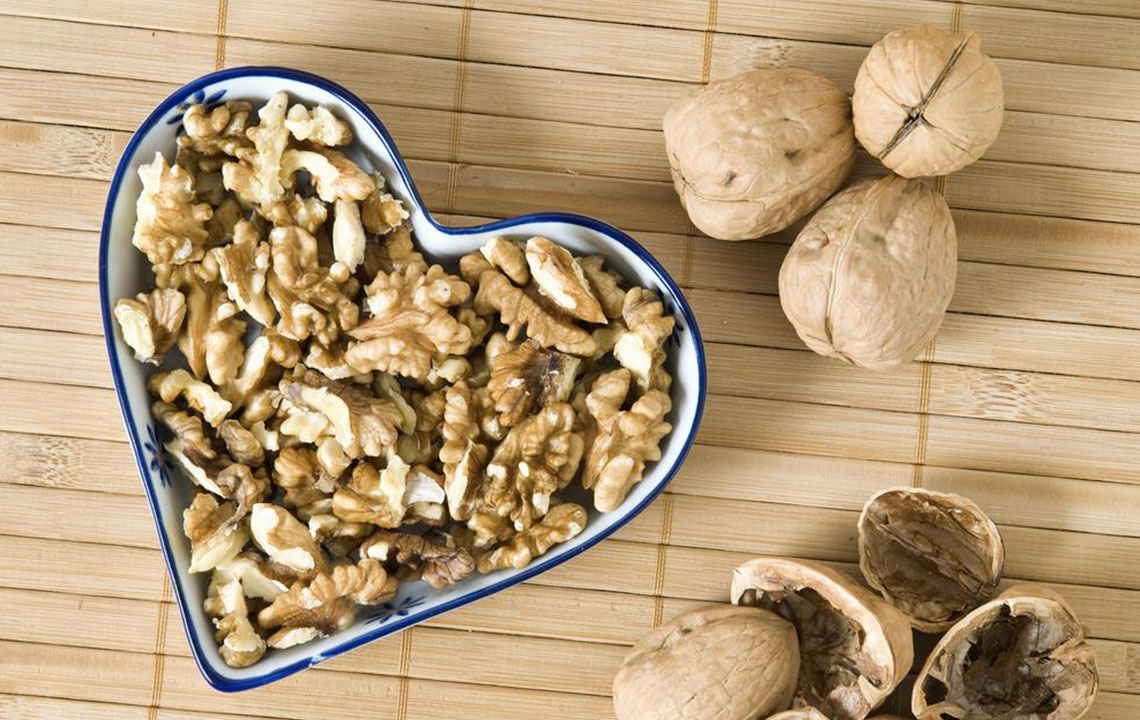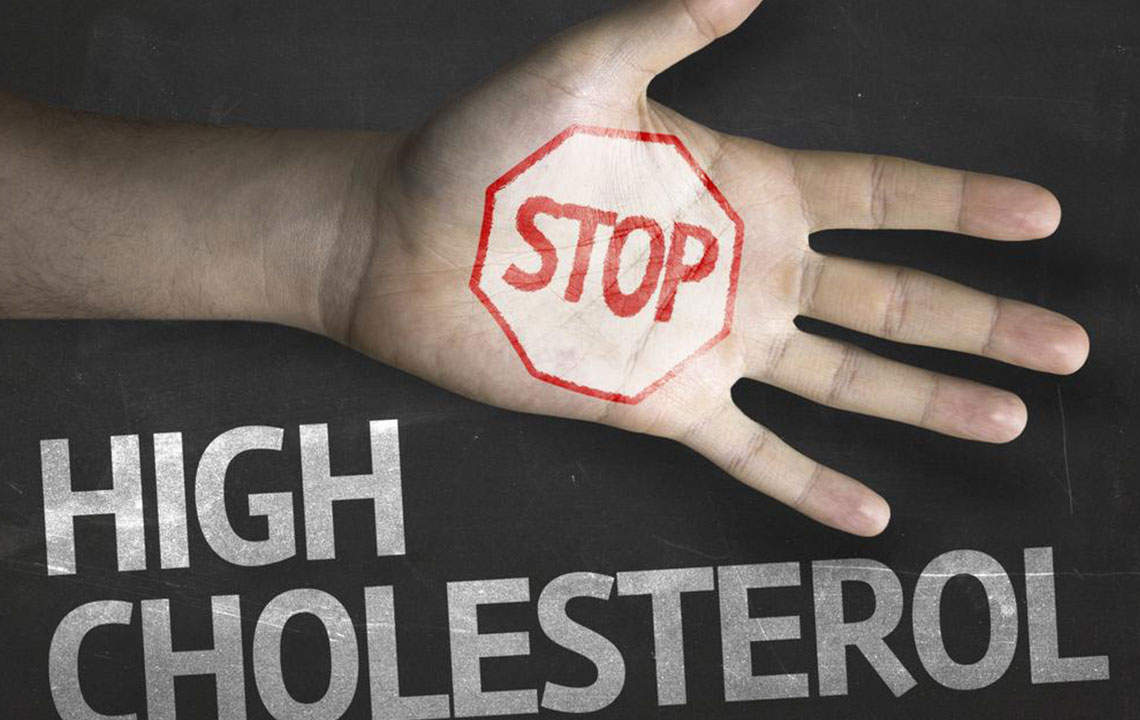Comprehensive Guide to Cholesterol and Its Role in Heart Disease Prevention
This comprehensive article explores cholesterol's vital role in heart health, emphasizing the importance of regular testing, lifestyle changes, and the impact of cholesterol levels on cardiovascular risk. It provides practical guidance on understanding lipid profiles and managing cholesterol through diet, exercise, genetics, and medical intervention, aiming to promote heart disease prevention and overall wellness.

Comprehensive Guide to Cholesterol and Its Role in Heart Disease Prevention
Maintaining proper cholesterol levels is a cornerstone of cardiovascular health and overall well-being. Despite the critical role that cholesterol plays in the body, many individuals overlook routine screenings, which can lead to undetected imbalances and subsequent health complications. From early adulthood, it is advisable for individuals starting at age 20 to undergo cholesterol testing at least once every five years. Regular monitoring enables early detection of abnormal levels, facilitating timely intervention and lifestyle adjustments to safeguard heart health.
Cholesterol testing typically involves a simple blood test called a lipid panel. This test provides a comprehensive overview by measuring total cholesterol, low-density lipoprotein (LDL, often termed 'bad' cholesterol), high-density lipoprotein (HDL, known as 'good' cholesterol), and triglycerides. Understanding these markers is crucial for evaluating the risk of developing cardiovascular diseases such as coronary artery disease, heart attacks, and strokes. A proactive approach, guided by stratified testing and interpretation, empowers individuals to take control of their heart health and prevent future complications.
Before delving into the implications of cholesterol levels, it is important to familiarize oneself with key terminology associated with lipid profiles:
Total cholesterol: The total amount of cholesterol in your bloodstream, combining LDL and HDL levels. Maintaining a total below 200 mg/dL is considered optimal for most adults.
LDL (low-density lipoprotein): Often labeled as 'bad' cholesterol because high levels contribute to fatty deposits in arteries, increasing the risk of blockages and heart disease.
HDL (high-density lipoprotein): Known as 'good' cholesterol, HDL helps remove excess cholesterol from arteries and transports it back to the liver for processing. Higher HDL levels are protective against heart disease.
Triglycerides: A type of fat found in the blood. Elevated triglyceride levels are associated with higher cardiovascular risk, especially when combined with high LDL and low HDL.
Several factors influence cholesterol levels, and understanding these is essential for effective management:
Dietary habits: Consuming foods rich in saturated fats, trans fats, and cholesterol can elevate LDL levels. Conversely, a diet emphasizing fruits, vegetables, whole grains, lean proteins, and healthy fats helps maintain optimal cholesterol balance.
Body weight and BMI: Overweight and obese individuals often exhibit higher LDL and lower HDL levels. Losing excess weight through diet and exercise can significantly improve lipid profiles.
Physical activity: Regular aerobic exercise — such as brisk walking, cycling, or swimming — has been shown to lower LDL cholesterol and raise HDL, thereby reducing cardiovascular risk.
Age and gender: As people age, cholesterol levels tend to rise, increasing the risk of heart disease. Women typically have lower LDL levels before menopause due to hormonal protection, but levels often increase afterward.
Genetics: Your family history can predispose you to high cholesterol, especially inherited conditions like familial hypercholesterolemia, which results in very high LDL levels despite healthy lifestyle choices.
Understanding how levels are categorized helps in assessing cardiovascular risk:
Desirable total cholesterol: Less than 200 mg/dL
Borderline high: 200–239 mg/dL
High: 240 mg/dL and above
LDL and HDL levels are also classified into optimal, borderline, and high ranges, guiding personalized health strategies.Addressing high cholesterol involves lifestyle modifications and, if necessary, medication as prescribed by a healthcare provider. Incorporating a balanced diet, engaging in regular physical activity, controlling weight, and avoiding smoking and excessive alcohol intake can profoundly impact cholesterol levels over time.
Consistently maintaining healthy habits reduces the risk of cardiovascular diseases, ensuring longevity and vibrant health. Regular check-ups and proactive management can help prevent the development of severe heart conditions, allowing individuals to lead healthier, more energetic lives.





